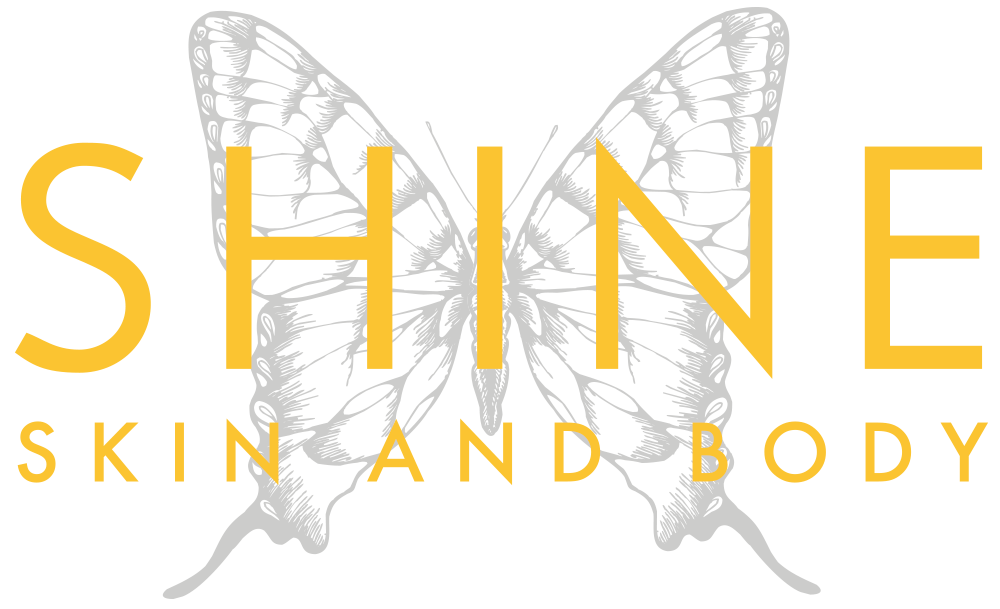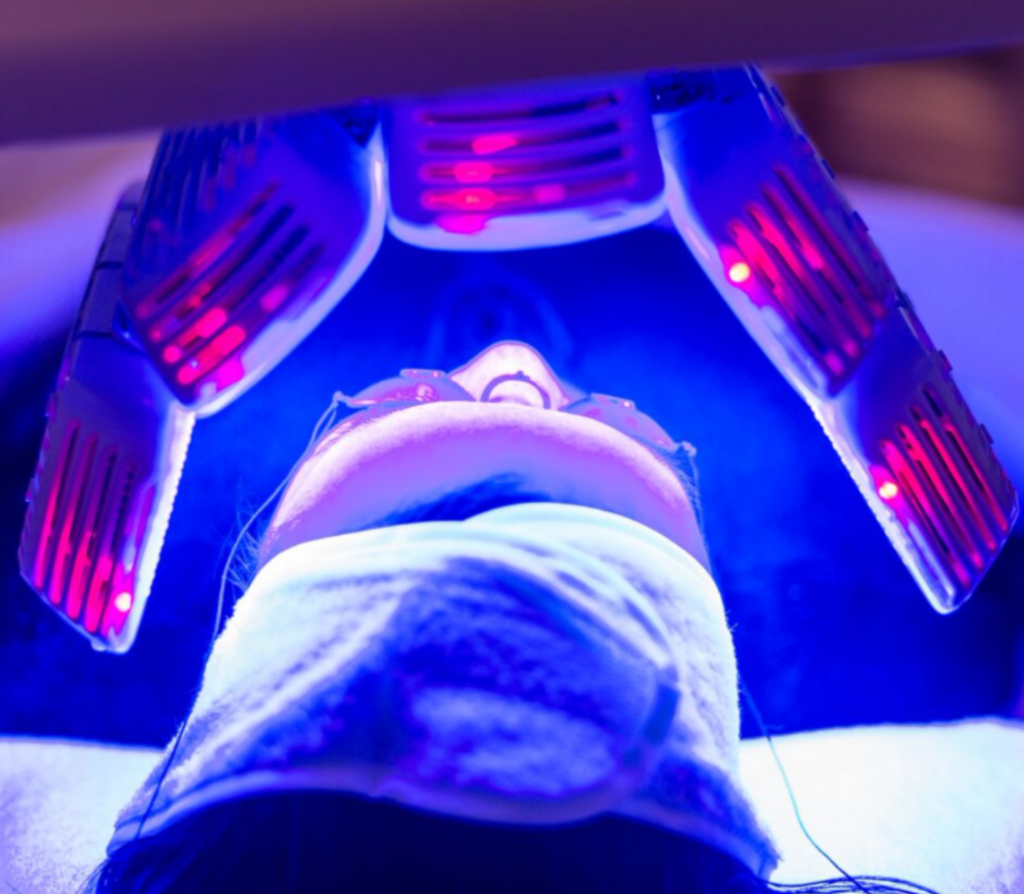acne advice, acne solutions page, acne treatments, LED light therapy, News
LED blue light to banish bacteria
Banish Bacteria. Eliminate infection.
Acne is one of the commonest skin conditions. Under normal circumstances, P. acnes lives happily in the pores of the skin, along with hair follicles and oil glands that produce oil to keep the skin from drying out. Acne erupts when the oil glands produce too much oil, clogging the pore. Then bacteria builds up, and the immune system decides to react against them, launching an attack that leads to inflammation and production of a pimple.
Acne often improves after exposure to sunlight or artificially produced solar radiation. Blue light gets to the core of what causes acne eruptions-P. acnes. This is the bacteria responsible for causing acne inflammation. P.acnes pumps out tiny molecules called porphyrins. When those porphyrin are exposed to certain wavelengths of light, they produce free radicals that kill the bacteria. Without P. acnes around to cause inflammation, acne clears up. (American Academy of dermatology 2002)
Phototherapy with blue (415 nm) and red (660 nm) light in the treatment of acne.
P.PAPAGEORGIOU, A.KATSAMBAS* AND A.CHU
Unit of Dermatology, Imperial College of Science, Technology and Medicine, Hammersmith Hospital, U.K. DuCane Road, London W12 0NN,
Accepted for publication 7 December 1999
In this study we have evaluated the use of blue light (peak at 415 nm) and a mixed blue and red light (peaks at 415 and 660 nm) in the treatment of acne vulgaris. One hundred and seven patients with mild to moderate acne were randomized into four treatment groups: blue light, mixed blue and red light, cool white light and 5% benzoyl peroxide cream. Assessments were performed every 4 weeks. After 12 weeks of active treatment a mean improvement of 76% in inflammatory lesions was achieved by the combined blue±red light phototherapy; this was significantly superior to that achieved by blue light (at weeks 4 and 8), benzoyl peroxide (at weeks 8 and 12) or white light (at each assessment).
The final mean improvement in blackheads by using blue±red light was 58%,We have found that phototherapy again better than that achieved by the other active treatments used. With mixed blue±red light, by combining antibacterial and anti-inflammatory action, is an effective means of treating acne of mild to moderate severity, with no significant short-term adverse effects.


